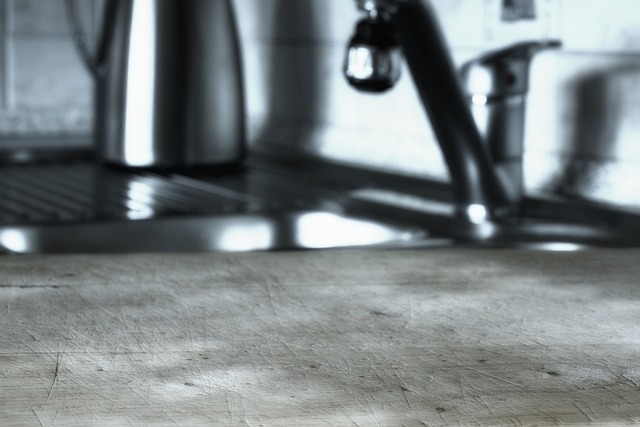If you’re planning to install a hot water heater in your home, you need to know how to install it. There are a variety of models, but there are two main categories: gas and electric. If you’re working with a gas unit, turn off the gas supply first. Then, mark the wire connections.
Be sure to shut off all gas and water lines before working with the unit
The first step in installing a new water heater is to turn off the water supply at the main shutoff valve and the water control valve. Then, run the faucets to drain the system of hot water. You may also have to keep the faucets open while removing the old unit.
After removing the old water heater, install the new one. The new heater must be attached to the cold and hot water pipes. You may need to use flexible tubes to connect the two. It will make it easier to remove and reconnect the water heater. You may also need to use male-threaded adapters.
You’ll need to disconnect the old water lines to make the switch if you’re installing it yourself. It will prevent the new water heater from being hooked up backward. Using galvanized pipes, ensure the unions are open near the unit. You can also use a hacksaw or a pipe cutter to cut the flexible copper pipe. Once you’ve disconnected the old water heater, you can move it to the new location.
The installation of a new hot water heater is an important project that requires the use of professional tools and know-how. It’s a complex process that must be done safely. Proper connections, ventilation, and adhesives are required to prevent hazards. Call a professional plumber if you need help with your ability to complete the task. They will be able to give you a free consultation.
Gas piping
The piping system for gas heaters is a complex system of pipes inside the home that transport natural gas from the gas supply to the home’s heating system. The pipes are made up of branch lines, which lead to drop lines that drop down to the appliances. To provide natural gas to your home, gas piping relies on pressure to deliver the gas. As a result, gas flows from a higher to a lower pressure. The gas travels along this highway-like system of pipes to heat and cool your home.
When working with gas lines, it is vital to follow safety precautions and follow all local regulations. First, you should contact your local department of inspections to secure a permit.
Before starting the installation process, ensure you know the gas piping size. It is easier to install a gas hot water heater if the gas supply pipe is the same size as the vent pipe. To reconnect the gas lines, you must purchase the appropriate gas piping fittings. Remember to check the new gas lines for leaks. If you find any leaks, you should buy a leak detector. You can also make one yourself by mixing water and dish detergent.
It would help if you also ensured the gas connections were tight enough. If the gas connections are loose, they could leak. If you can hear bubbling or “bubbling,” that indicates a leak in the system. You should also tighten any loose connections and check the vents to ensure they aren’t leaking.
Expansion tank installation
To install an expansion tank for a hot-water heater, you should cut the inlet pipe and prepare it for threading. Then, you should install the tee fitting using a pipe wrench. After this, you should wrap the connecting pipe with Teflon tape. It helps to prevent leaks during tank installation. You should also use a pipe joint compound to seal the connection and joints. Once the tank is installed, turn on the hot water.
Next, attach the expansion tank to the water heater’s supply pipe. It must fit tightly on the supply pipe. You should be able to tighten the fittings using a pipe wrench. You can also use galvanized-pipe fittings to save money. They are simple to install through ProFlush and work well for this purpose.
Ensure equal pressure between the air and water in the tank. If it is not, you can use a hand pump to increase the pressure. It would help if you lay the tank horizontally close to the water heater. It is best to install the tank on the cold water line.
Consult a plumber if you need more clarification about installing an expansion tank. It is a relatively simple DIY project that can cost anywhere from $20 to $100. It would help if you bought copper or galvanized pipe and soldering material. Installing a water expansion tank protects the water supply system and the heater. While installing an expansion tank for a hot water heater is not difficult, it is essential to follow proper safety procedures.

